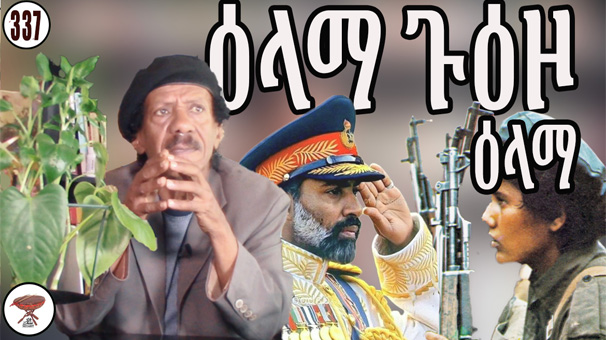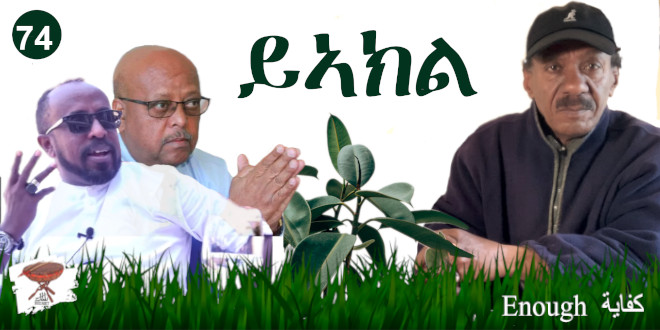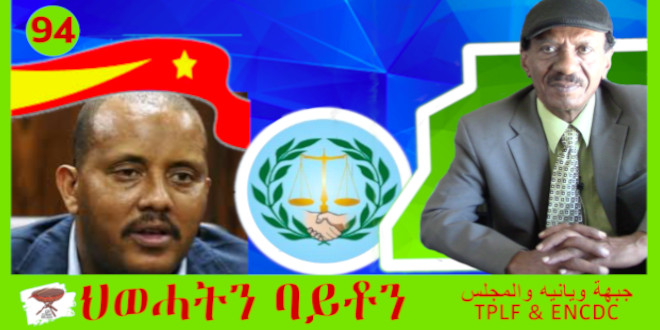Revolution: from Zanzibar to Zufar to Eritrea
The young may not know Tanganyika or Zanzibar, but they know Tan-Zan-ia.
Tanganyika was the mainland country, and Zanzibar was an island off the coast of East Africa. In April 1964, just after the Revolution and Genocide of Zanzibar, the two entities united to form Tanzania: a name formed by connecting the prefixes of the two countries (Tan + Zan + NIA).
Since 1744, Oman is ruled by the dynasty of the BuSaeed family; one branch of the family ruled the main half, Oman, while the other ruled Zanzibar.
In 1932, Saeed Bin Teymour was born and later became the 13th Sultan. He was cruel and unenlightened.
In 1963, oil was discovered in Oman, but the corrupt Sultan didn’t share it with his people, who remained poor and without social services. Any sign of modernity was not allowed—bicycles, eyeglasses, radios, and others. Illiteracy was rampant. Oppression of women, killings, and repression were widespread.
Though slavery had been abolished a century earlier, historical resentment over it was weaponized. Arabs had long settled in Zanzibar as traders—including in the slave trade. The Sultan owned hundreds of slaves, many of them women. The people’s grievance helped spark the 1964 Arab Genocide in Zanzibar.
The Revolution of Zanzibar
In 1964 the Zanzibar Revolution ignited. Black Africans committed genocide against the Arabs—murder, looting, and appropriation of property. Estimates indicate between 13,000 and 20,000 people were killed. The agitation was led by different forces; sectarian elements made it worse, turning it into a clash between African Muslims and Christians—it was mainly led by a Ugandan drifter-turned-soldier, John Gideon Okello, who became an anti-colonialism revolutionary. But the Revolution was fueled by the small Christian minority who were treated as second-class citizens of the island. Racial hatred was instrumental, and Arabs did little to alleviate the racism.
Initially the BuSaeed dynasty was invited by the Zanzibaris to assist them in getting rid of the Portuguese colonizers. Eventually, in 1698, the Portuguese were removed. From 1692 to 1856, the Omanis dominated Zanzibar and became major slave traders—trafficking people from the African coast to Oman, Arabia, and Persia.
Pre-revolution Zanzibar was plagued by poverty, illiteracy, and oppression. Taymour bin Saeed ruled the island as he did in Oman—no schools, a corrupt regime, and systematic second-class treatment of Black citizens. At the time, Zanzibar’s population was around 300,000—there were less than 100,000 Arabs and Indians; most Arabs either fled or were driven out during the genocide.
The unrest destroyed much of Zanzibar’s Islamic heritage—national Islamic manuscripts and books were looted or burned. Qur’ans and religious texts were publicly torched, despite the population being 98% Muslim.
The Omani Zufar Rebellion
From 1963 to 1965, the people of Zufar (Dhofar) launched an all-out rebellion. A man named Muslim Bin Nefel fired at an oil company bus—an act considered the start of the revolution. Along with colleagues, he fled to Iraq, where they received training and formed the Marxist Jebhat Tahrir Oman wa’l-Khaleej al-Arabi (Omani and Arab Gulf Liberation Front). It was supported by Egypt, Saudi Arabia, Kuwait, and the Soviets—through South Yemen—providing training, arms, diplomacy, and media, like the help they provided to Eritreans.
The Omani Sultan had delegated governance and military affairs to British advisors. Omanis, influenced by Arab nationalism and leftist ideologies, became aware of their backwardness compared to neighboring nations.
Sultan Qaboos Bin Saeed was born in 1940. He went to Sandhurst in 1958, graduated as a second lieutenant in 1960, and served in Germany. In 1964 he returned to Oman as well-trained leadership material.
The revolution escalated. Rebels carried out hit-and-run operations targeting senior officials.
After Egypt’s 1967 withdrawal from Yemen (following the Six-Day War), the rebels rebranded as Marxists began attacking oil fields.
In July 1971, with help from Sandhurst friends, Qaboos staged a coup against his father. After a brief shootout, he arrested his father and exiled him to London. He lived there until his death in October 1972.
Indeed, there are many cases among ruling classes of sons removing their fathers—but don’t get ideas if your fathers are not sultans!
By 1973, Qaboos needed help to crush the Zufar rebellion, and the Shah of Iran sent him fighter jets and thousands of troops. The Zufar rebellion was eradicated.
In January 2020, Qaboos died after ruling Oman for about five decades; he was 79. The royal council couldn’t agree on a successor, but Article 6 of Oman’s constitution stipulates that if no consensus is reached within three days, they should refer to the deceased Sultan’s will. Qaboos had named his cousin, Haitham bin Tariq, as successor; he still rules Oman today.
Reflection on Storytelling
There are generally two storytelling styles: linear (chronological) and non-linear (interwoven, with flashbacks). Traditional cultures favor linear storytelling. Complex layered narratives demand creative thinking and exposure to arts and education.
Most veterans of the Eritrean liberation war I met are linear storytellers. Their narration is focused mostly on military achievements, with little on the human experiences of the war. But history is also about people and experiences—joy, pain, aspirations, setbacks, traditions, and how they adapt to situations.
It’s human nature to focus on the goal and forget the journey. But without the journey, the goal wouldn’t exist.





Awate Forum